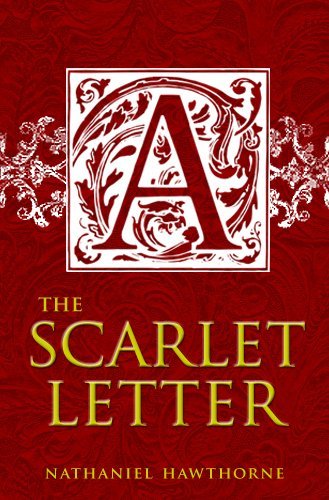All Nonfiction
- Bullying
- Books
- Academic
- Author Interviews
- Celebrity interviews
- College Articles
- College Essays
- Educator of the Year
- Heroes
- Interviews
- Memoir
- Personal Experience
- Sports
- Travel & Culture
All Opinions
- Bullying
- Current Events / Politics
- Discrimination
- Drugs / Alcohol / Smoking
- Entertainment / Celebrities
- Environment
- Love / Relationships
- Movies / Music / TV
- Pop Culture / Trends
- School / College
- Social Issues / Civics
- Spirituality / Religion
- Sports / Hobbies
All Hot Topics
- Bullying
- Community Service
- Environment
- Health
- Letters to the Editor
- Pride & Prejudice
- What Matters
- Back
Summer Guide
- Program Links
- Program Reviews
- Back
College Guide
- College Links
- College Reviews
- College Essays
- College Articles
- Back
The Scarlet Letter by Nathaniel Hawthorne
In the book, a conflict arises between man and himself; when Reverend Arthur Dimmsdale of Salem has an affair with Hester Prynne out of wedlock, he not only commits the sin of adultery, but he also commits an act of hypocrisy as he goes against his own religious values. When Hester becomes pregnant with Dimmsdale’s child, she refuses to give the name of the father and so while she gets punished, Dimmsdale goes on to live life normally, or so it seems. Dimmsdale begins to live a life based on lies; every Sunday in church, he must preach values that he cannot abide by himself. Hawthorne explains “…he [Dimmsdale] himself, in so far as he shows himself in a false light, becomes a shadow, or, indeed, ceases to exist” (Hawthorne 121). Hawthorne writes that Dimmsdale lives a life in the “false light,” meaning a life of secrecy and hypocrisy and that Dimmsdale himself is a shadow, rather than a real person. His outside life is so riddled with lies, that the “false light” conceals his true persona and he turns into a “shadow.” We, as twenty first century individuals, can learn from Arthur Dimmsdale the value of confessing to one's sins and crimes. If we do not work up the courage to stand for the truth, then we might too step into the "false light" and become nothing but mere shadows.
Similar Articles
JOIN THE DISCUSSION
This article has 0 comments.
